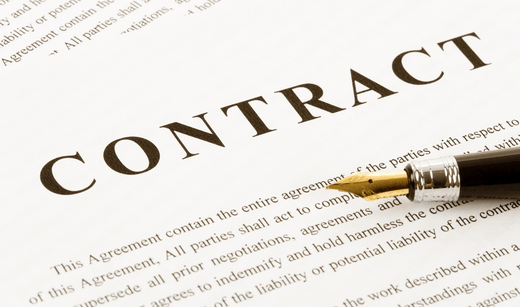

After days of heavy rain in France, the Seine breached its banks, flooding the heart of Paris. It's a reminder the city's not ready for catastrophe.
Paris — they call it the "Ville Lumière" — a city of lights.
But this week, the French capital looks more like a city of water. On Tuesday, during Paris's annual spring fashion show, the river Seine started overspilling its banks and gushing into neighboring streets as a result of weeks of rain.
Paris isn't the only place in the flood zone: at least 15 French departments (the rough equivalent of counties in the US) across the north and east of the country are on alert for more flooding, the Associated Press reports, even as a break from heavy rain is in the forecast.
The flood levels in Paris are expected to continue to rise until Saturday. Rainfall totals have been double the normal amount this winter in the city, and the Louvre museum, which sits beside the river, has closed the lower level of the department of Islamic Art to the public until at least Saturday.
It's a reminder that a catastrophic flood hit the city a century ago, drowning homes for months on end, and setting off a rash of cases of typhoid and scarlet fever. Some think the town is disastrously underprepared for another flood like that one.
Take a look at this week's flooding.
The flooding, which extended to this man's home in Villeneuve-Saint-Georges, just outside Paris, comes after months of historically heavy rains.
French newspaper Le Monde says it’s Paris’s second wettest winter on record since 1900.
From December 1, 2017 to January 21, 2018 the city weathered more than 7 inches of rain. That's double what Parisians get in a typical year.
The high waters made work treacherous for this Paris fire-brigade diver checking the mooring-ropes of a peniche boat.
You can see how much higher the river is than it was in August of 2016:
And the Seine isn't expected to crest until Saturday.
People living in houseboats had no way to get to the shore this week.
Fortunately, this man found a rather unconventional method for delivering supplies to a stranded friend.
Flood watchers at the Paris-based Organization for Economic Co-operation and Development (OECD) estimate the river’s rising an inch every hour.
Source: OECD
Paris fire-brigade divers have been patrolling the flooded river.
The city's last big flood, in 2016, killed two people.
Source: The Guardian
It created about $1.24 billion worth of damage.
Source: OECD
But this year could be worse. Water levels in the city this weekend could reach 10 centimeters higher than they were in 2016.
Source: Le Figaro
The city's recent inundations haven't yet topped the catastrophic flooding of 1910.
Parisians call it "la grand crue," the great flood, when more than 14,000 buildings in the city were underwater for two months. Those water levels were more than 6 feet higher than what's predicted for this weekend.
Many say despite recent improvements, the city isn't ready for another big "hundred year" flood like the one in 1910.
Since 2014, the city has taken several steps to prepare for more big floods.
But the OECD says more needs to be done to prevent the city's rails, water production plants, and parts of the electric grid from future floods.
Officials say that in order be ready, they'll need to "reconquer" the Paris flood plains, and get more vegetation into the concrete-packed city.
"Flooding is a natural phenomenon; it becomes a catastrophe because we humans have put ourselves and our infrastructures in the wrong place,” Sebastien Maire, Paris’s chief resilience officer told the Guardian after the 2016 floods.
Colombe Brossel, a deputy mayor of Paris, told The Washington Post that the city's expecting flooding to become more common as climate change continues warming the planet and triggering extreme climate events, like droughts, wildfires and flooding.
A new report from the OECD out just days ago warns the city needs to spend more to prepare for big floods on the horizon.
Those plans could include building out a fake lake and marshlands upstream from Paris that would be able to take in 55 million cubic metres of water. The plan costs an estimated $744.9 million dollars.
After days of heavy rain in France, the Seine breached its banks, flooding the heart of Paris. It's a reminder the city's not ready for catastrophe. Read Full Story





















Facebook
Twitter
Pinterest
Instagram
Google+
YouTube
LinkedIn
RSS